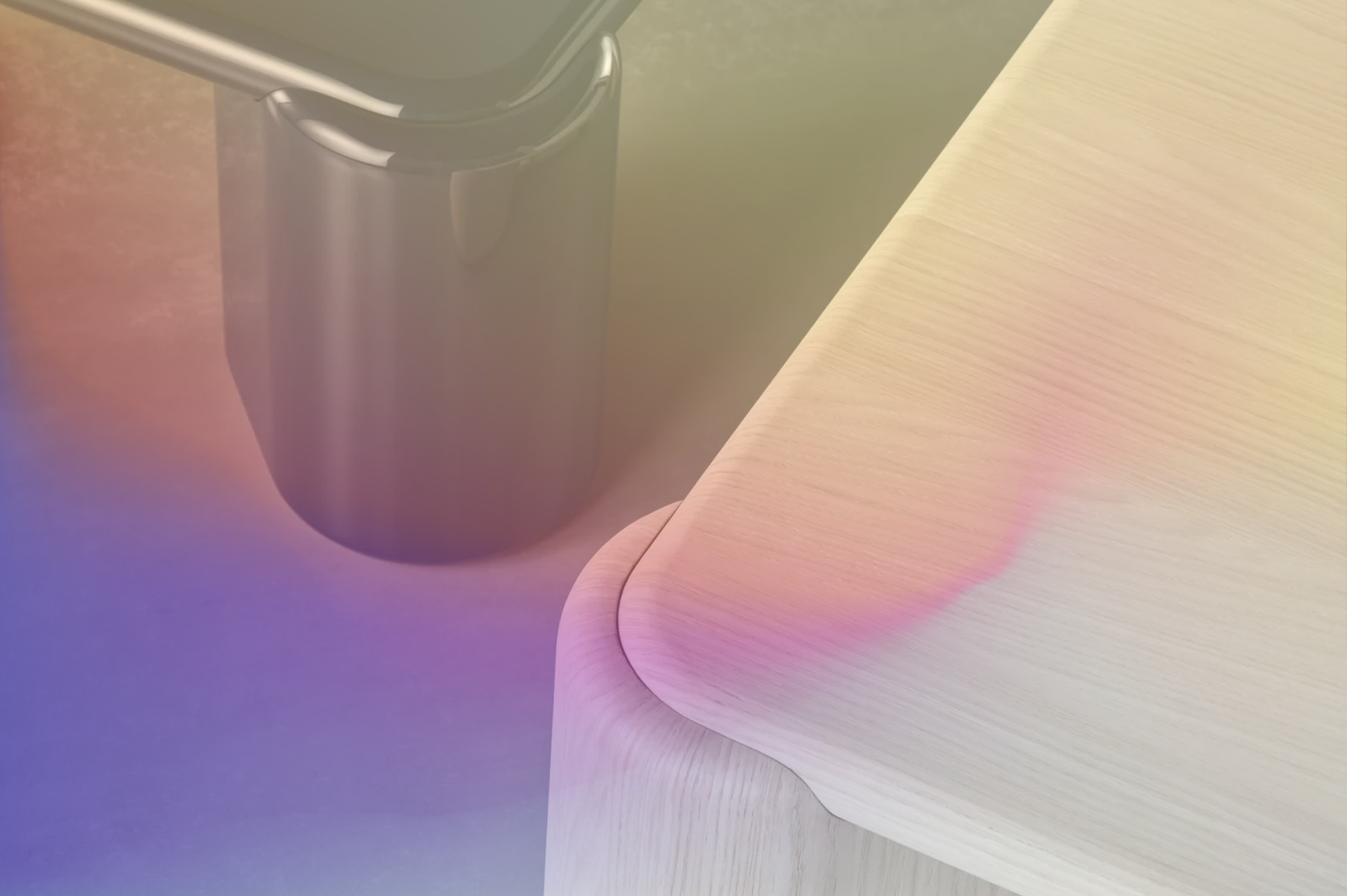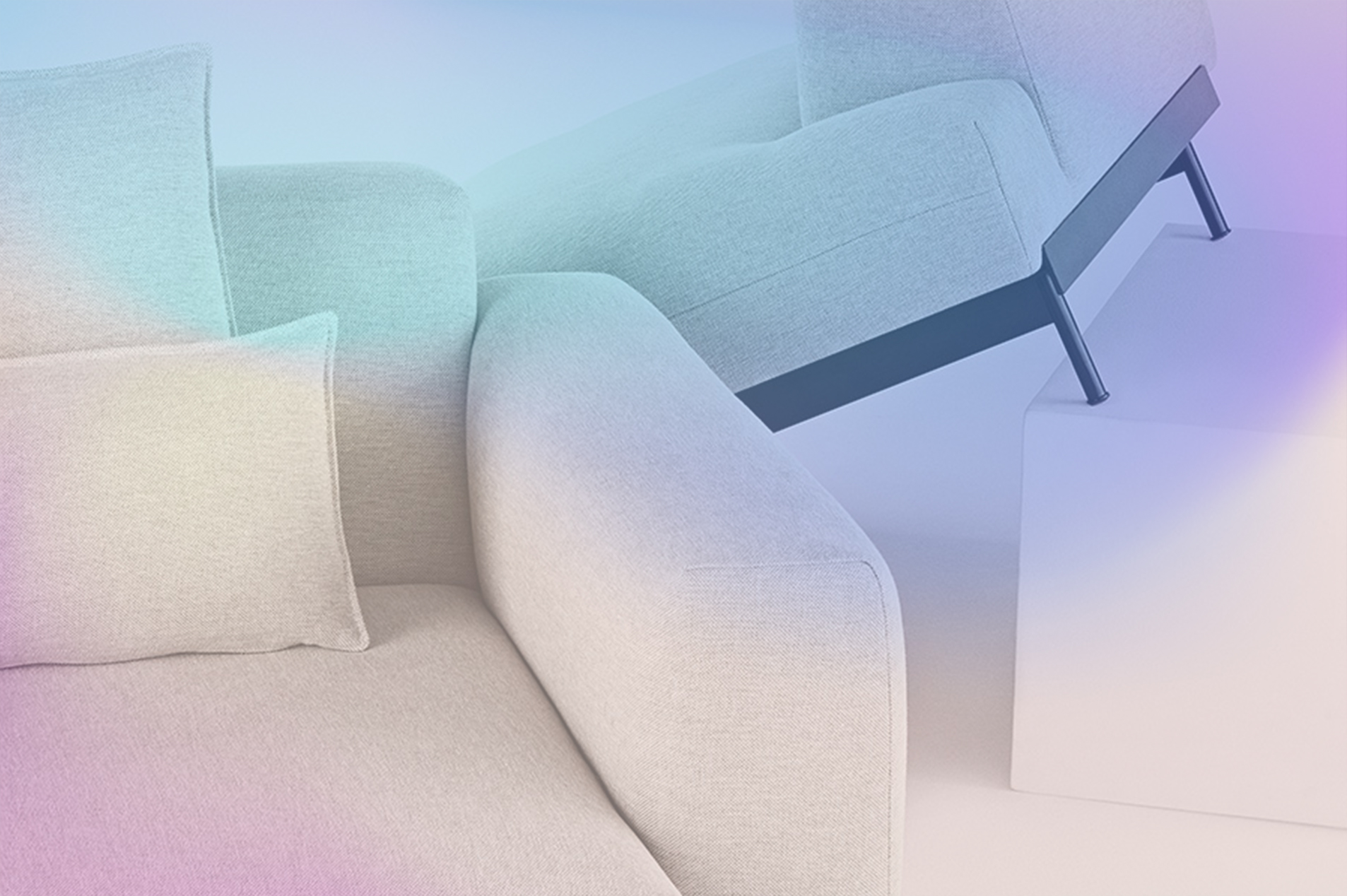UGC — authentic photos and videos created by your customers showcasing your products in their own homes — offers a level of credibility and relatability that professional, staged photography simply cannot match. It answers the crucial customer question: "What does this look like in a real home, not just a showroom?"
Why UGC Can Be a Boost to Performance Marketing for Furniture Brands
- Authenticity Builds Trust: Consumers are increasingly skeptical of traditional advertising. UGC feels genuine, unfiltered, and honest, fostering a deeper sense of trust.
- Relatability & Aspiration: Seeing furniture in diverse, real-life settings helps potential customers visualize it in their space, sparking inspiration and confirming fit.
- Social Proof: When others are proudly displaying your products, it signals popularity and satisfaction, influencing hesitant buyers.
- Addresses Common Concerns: UGC can subtly answer questions about scale, color accuracy, and overall aesthetic in a way that professional shots sometimes miss.
- Cost-Effective & Scalable Content: Once a system is in place, UGC provides a continuous stream of fresh, diverse content at a fraction of the cost of professional photoshoots.
- Higher Engagement & Conversion Rates: Studies consistently show that ads and product pages featuring UGC outperform those with only professional content, leading to higher click-through rates (CTRs) and conversion rates.
Effectively Leveraging UGC in Performance Marketing Channels
- Paid Social Media Ads (Meta, Pinterest, TikTok):
- A/B Test UGC vs. Professional Photos: This is crucial. Often, UGC will outperform, especially in driving engagement and lower Cost Per Click (CPC).
- Dynamic Creative Optimization (DCO): Use UGC within DCO campaigns to showcase different customer homes and styles, matching the ad creative to inferred user preferences.
- Retargeting Campaigns: Show prospective customers who previously viewed a product what that product looks like in a real home, using UGC from existing buyers.
- Testimonial Ads: Overlay customer quotes (from reviews) on top of their UGC photos/videos.
- Idea Pins (Pinterest): Curate collections of UGC-driven room inspiration.
- Product Pages & E-commerce Site:
- Dedicated "Customer Gallery" Section: Prominently display a gallery of UGC on individual product pages, allowing potential buyers to see the item in various settings.
- Integration with Reviews: Embed UGC directly within your customer review section.
- "Shop the Look" Features: If a customer shares a photo with multiple of your products, tag them for easy shopping.
- Homepage/Landing Page Banners: Feature compelling UGC on high-traffic areas of your site to immediately convey authenticity and social proof.
- Email Marketing:
- Post-Purchase Follow-Ups: Include UGC of recently purchased items to reinforce positive feelings and encourage styling.
- Promotional Emails: Inject UGC into emails announcing new collections or sales. "See how our customers are styling the new [Collection Name]!"
- Abandoned Cart Emails: Use a piece of UGC featuring the abandoned product to make the reminder more authentic and inspiring.
- Google Ads (Display Network):
- While Google Search is text-heavy, the Display Network allows for visual ads. Use compelling UGC for retargeting campaigns or prospecting campaigns targeting specific design interests.
Rights Management: The Crucial Foundation
Before using any customer's content, you should obtain explicit permission. This protects your brand legally and builds trust with your customers.
- Terms & Conditions: Clearly state in your UGC contest rules or submission forms that by submitting content, users grant your brand a license to use their photos/videos.
- Direct Outreach & Permission: When reaching out directly via social media, explicitly ask for permission. A simple "May we share this on our channels, giving you full credit?" followed by a link to your UGC terms of use is often sufficient. Tools like Pixlee or Bazaarvoice offer integrated rights management.
- Credit Creators: Always credit the original creator. This is a small gesture that goes a long way in fostering goodwill and encouraging more submissions. "Photo by @CustomerHandle" or "Thanks to [Customer Name] for sharing!"
A/B Testing: UGC vs. Professional Photography
This isn't an either/or situation; it's about finding the optimal mix. A/B testing is essential:
- Ad Creative: Run split tests comparing ads with professional product shots against ads featuring UGC of the same product. Monitor CTR, CPC, and conversion rates.
- Landing Pages: Test product pages with a prominent UGC gallery against those without, or with different layouts of professional images vs. UGC.
- Email Campaigns: Compare email subject lines or body content featuring professional lifestyle shots versus authentic customer photos.
Key Learnings from A/B Tests often show:
- UGC excels in driving initial engagement (CTR) and building trust.
- Professional photos are often necessary for clarity, scale, and showcasing intricate details.
- The optimal strategy is often a blend: Professional photos for primary product views and detail shots, complemented by an extensive gallery of UGC for social proof and real-world context.
By strategically encouraging, collecting, and leveraging user-generated content, furniture and design brands can tap into an authentic, powerful, and scalable marketing channel. This approach not only builds stronger trust and brand loyalty but directly translates into higher engagement, lower acquisition costs, and ultimately, a significant increase in conversions in a market where real-world appeal is paramount.
%20for%20Authentic%20Furniture%20Marketing.png)




